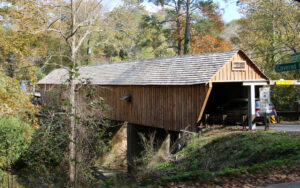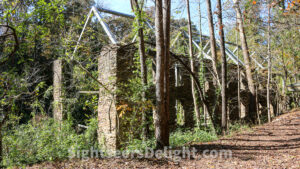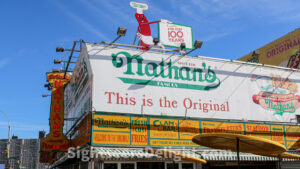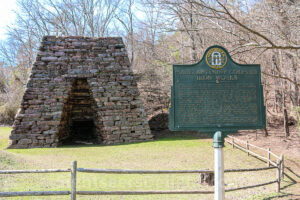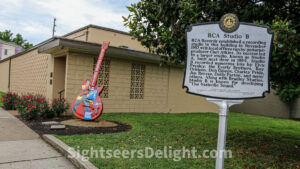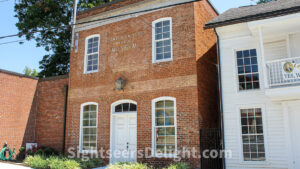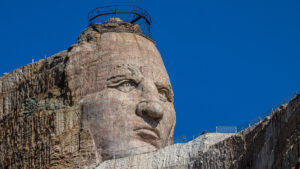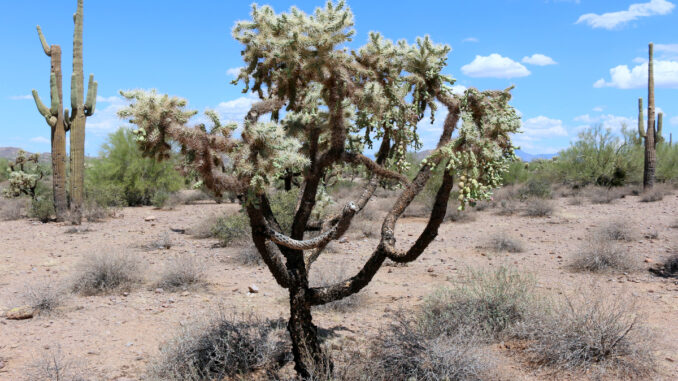
Guidebooks are annoying. Just because some editor who doesn’t know me tells me which restaurant is the best or what attraction is a must-see doesn’t make it a must-see attraction. Sightseers’ Delight is dedicated to the weird, the quirky and the fun. After all, traveling is fun.
If it’s not, you’re doing it wrong.
All of the places highlighted in this ever-growing database are great. Sightseers’ Delight has visited them all. We think you should make a point to see every one of them. But, this is not a guidebook. Just a webpage to help you plan your next adventure.
The Conch Tour Train is a popular tourist attraction in Key West, Florida, that takes visitors on a journey through the island’s rich history and culture. The train travels through the historic Old Town district, passing by notable landmarks such as the Ernest Hemingway Home and Museum, the Key West Lighthouse, and Mallory Square. Along the way, a knowledgeable tour guide shares fascinating stories and interesting facts about the island’s past, including its colorful characters, architecture, and maritime heritage. The Conch Tour Train is a fun and educational experience that provides visitors with a unique way to explore Key West.
This post partially incorporates text generated with GPT-3, OpenAI’s large-scale language-generation model.
The Concord Covered Bridge over Nickajack Creek was built in 1872 to replace an earlier bridge destroyed during the Civil War. The one-lane bridge, also known as Nickajack Creek Covered Bridge, is more than 130 feet long and 16 feet wide and is a part of the Covered Bridge Historic District, so named for the bridge. An earlier bridge was built in the area in 1848, but troops under Union Gen. William T. Sherman burned the span on July 4, 1864. The current bridge was renovated or upgraded in the 1950s and again in 1999. Much of the traffic that used to cross the bridge was diverted to the East-West Connector when it opened in the 1990s. The one-lane bridge has a relatively low clearance, and several times every year motorists driving vehicles too big for the bridge crash into the structure and damage it.
30082
Concord Woolen Mills dates to 1847 when Robert Daniell and Martin Ruff opened the mill. The mill was destroyed on July 4, 1864, by Union Gen. William T. Sherman’s troops. The two men rebuilt the mill, which reopened in 1868. By 1870, the mill had 16 workers, making it the largest employer in the area. The two men sold the mill in 1872. The mill went out of business in 1916, and the ruins are located along what is today the Heritage Park Trail and Silver Comet Trail.
30082
What is Coney Island and how do you describe it in 100 or so words? It’s a neighborhood, an entertainment district and a popular tourist destination. Maybe more than anything, Coney Island is quintessentially New York City. It transformed into a seaside resort by the middle of the 19th century, and amusement parks followed a few years later. While Coney Island’s popularity waned following World War II, the area has experienced a resurgence in recent years, thanks in part to the opening of the MCU Park in 2001.
Along Interstate 75 sits a definite oddity: a Titan missile. The missile, acquired from the Air Force in 1968 after it was declared obsolete, was flown from California to Warner Robins Air Base where it was stored for some time before it was given to the community. Titan I missiles were used between 1959 and 1965 and is considered the country’s first In-tercontinental Ballistic Missile (ICBM). The missile in Cordele stands on what has been dubbed Confederate Air Force Pad No. I.
Coopers Furnace Day Use Park is open seasonally and is situated along the north bank of the Etowah River. The park has lots of single-car parking, and no trailers are allowed. This park also allows a great view of the dam from downstream. Cooper’s Iron Works is the last remaining remnant of the 19th century town of Etowah. Jacob Stroup established the works in the 1830s, and Mark Anthony Cooper purchased the ironworks in the 1840s. In 1862, Cooper sold the iron works. The Confederate States of America subsequently purchased the works, and federal soldiers, on May 22, 1864, destroyed the ironworks and mill, bringing about an end to the city’s livelihood. Following the Civil War, the town never again returned to its antebellum prominence. A smokestack is all that remains of the ironworks.
30121
Copp’s Hill Burying Ground in the North End of Boston was established on Feb. 20, 1659, as North Burying Ground and is the second oldest cemetery in the city. The hill is named for William Copp, a shoemaker who once owned the land. Among those buried in the graveyard is Robert Newman, the patriot who placed the lanterns in the steeple of Old North Church for Paul Revere’s midnight ride.
02113
The Country Music Hall of Fame first museum opened on Music Row in 1967. The current museum — located in downtown Nashville — opened in a $37 million facility in 2001 and features various permanent and temporary exhibits dedicated to telling the history of country music, from its earliest roots to modern-day superstars. No visit to the museum would be complete without purchasing an add-on tour of RCA Studio B. Located a few blocks away from the museum, the historic studio — still in use today — has been used by some of music’s biggest stars, from The Everly Brothers to Roy Orbison to Elvis Presley.
37203
On March 30, 1842, Crawford W. Long stepped into the history books when he used Ether as a surgical anesthesia. His legacy lives on at the museum that bears his name. The Crawford W. Long Museum in the Jackson County city of Jefferson, about 25 miles from Athens, opened in 1957. It reopened in January 2010 following an 18-month renovation.
30549
Crazy Horse Memorial in Custer County, South Dakota, is a monument currently being constructed on privately held Black Hills land. The monument depicts Oglala Lakota warrior Crazy Horse on a horse, pointing to his tribal land. Henry Standing Bear, a Lakota elder, commissioned the memorial, selecting Polish-American sculptor Korczak Ziolkowski to create it. The nonprofit Crazy Horse Memorial Foundation operates the monument. Work on the monument began in 1948 and is still far from completion. If the monument is completed as designed, it will be the world’s second tallest statue, following the Statue of Unity in India.


